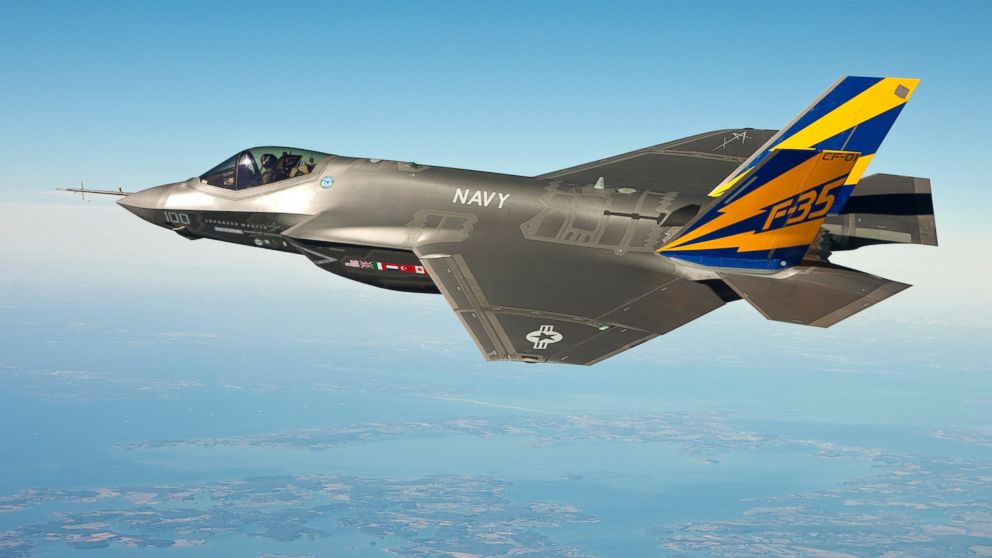Defense Stocks Rise On News Of Military Cuts
Despite announced military cuts, the stocks of major defense contractors are up.

Feb. 25, 2014 -- Why are defense stocks soaring?
Defense Secretary Chuck Hagel proposed spending cuts that would shrink the size of America's fighting force to pre-WWII levels and eliminate several costly weapons programs.
Yet the stocks of Lockheed Martin, General Dynamics, Northrop Grumman and other leading defense contractors are at or near 52-week highs.
Spy plane to become fastest in the world
The reason, says Michael O'Hanlon, a senior fellow with the Center for 21st Century Security and Intelligence at the Brookings Institution, is partly because defense contractors saw these cuts coming years ago and downsized, laying off employees.
"A lot of people lost their jobs, but the companies protected their shareholders," says O'Hanlon, author of "Healing The Wounded Giant: Maintaining Military Preeminence While Cutting The Defense Budget."
Moreover, he says, Hagel's budget reduces troop strength but preserves funding for the kind of high-tech weapons systems on which major contractors depend. "For the most part," he says, "the military's modernization agenda has survived intact."
The proposed cuts—which, to become effective, must first be approved by Congress—would be far-reaching. They would kill a new Army combat vehicle, stop the Navy from purchasing a new littoral combat ship and retire the military's aging fleet of A-10 'Warthog' air-to-ground attack planes, KC-10 aerial tankers and U-2 spy planes.
Active duty military personnel would be cut by 13 percent, with the Army taking the biggest hit (a reduction of at least 70,000 troops). Pay would be frozen for senior military officers, housing allowances would be cut, and even commissary subsidies would be reduced. A new round of base closings would go into effect in 2017.
The big winners in Hagel's proposed $496 billion 2015 budget would include Lockheed Martin. Funding for its F-35 Joint Strike Fighter—the most expensive weapon ever procured—would be preserved.
In a conference call last week, Lockheed Martin chief financial officer Bruce Tanner told analysts, "We now see again a marketplace in the future, even in sequestration, that actually has growth two years out."
Northrop Grumman would benefit, too, since its Global Hawk drone would replace the aging, manned U-2.
Curbs shut U.S. drone makers out of export markets
Boeing, under Hagel's proposal, would build a new air tanker. The Secretary also has requested a new bomber, on which Boeing and Lockheed are expected to bid.




